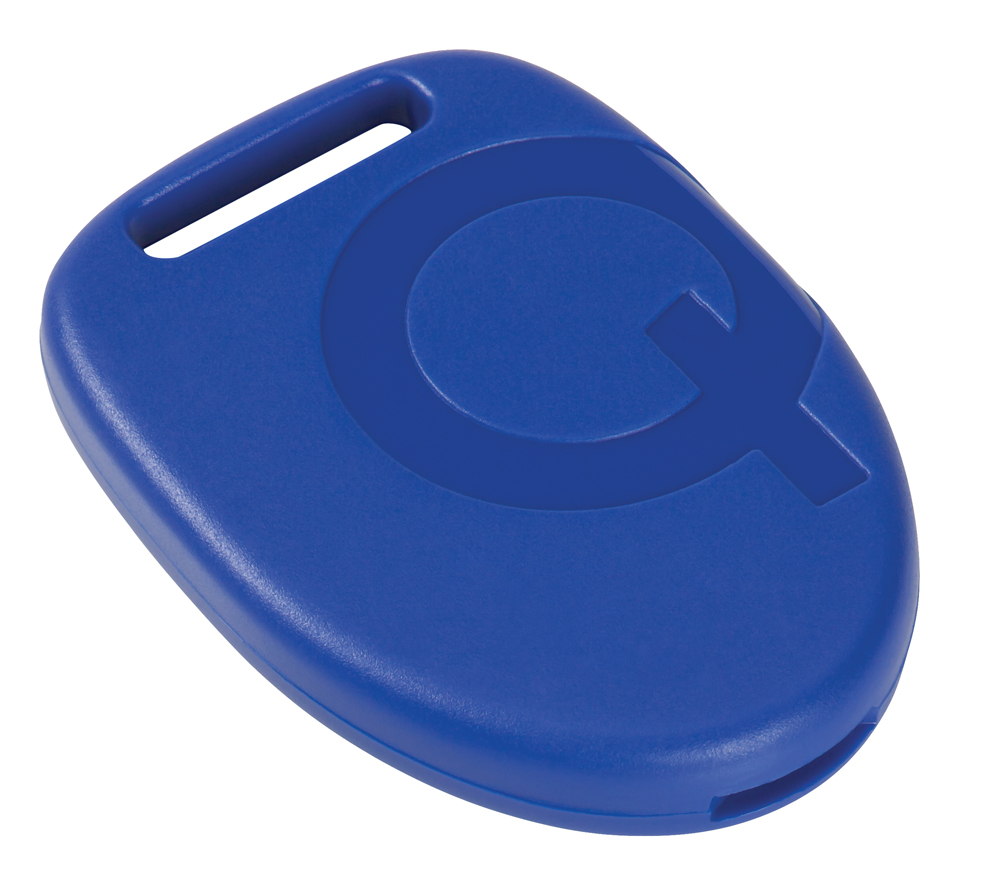Gimbal’s proximity beacons are small transmitters that use Bluetooth Low-Energy technology to send encrypted data to mobile devices. The beacons have become popular marketing and messaging tools for retailers (Apple Stores, Gamestop, American Apparel), sports teams and venues (the Cleveland Browns, the Miami Dolphins, Madison Square Garden, the Staples Center), and events and conferences (the U.S. Open, SXSW, Tribeca Film Festival).
When a shopper or event attendee comes in range, the beacon sends a message to a Gimbal-enabled mobile app on the person’s mobile phone. The app platform sends relevant information to the device, based on what the user has opted in for and the user’s exact location. The Miami Dolphins use Gimbal to message fans at Sun Life Stadium about where they can find shorter concession lines. The Chicago Transit Authority and advertising firm Titan have tested Gimbal beacon technology at several stations to determine whether advertising furthers engagement with transit riders.
In November, Retailigence, an online-to-online marketing platform, announced a strategic partnership with Gimbal to provide product and shopper data to retailers looking to fine-tune their marketing efforts. Presumably, retail designers could use such data to improve wayfinding in stores and even to create physical ways to influence shoppers’ traffic patterns within the store.
Not everyone’s ecstatic over the new technology. After Buzzfeed disclosed that Titan had planted 500 beacons in phone booths to push advertising, New York City officials had them removed.
Read about more innovations from BD+C's 2014 Great Solutions Report.
Related Stories
| Oct 27, 2011
ASSA Abloy, MAXXESS Systems announce U.S. Aperio integration
Aperio will integrate with MAXXESS's eAXxess and Efusion Event Management Software packages.
| Oct 26, 2011
Metl-Span selected for re-roof project
School remained in session during the renovation and it was important to minimize the disruption as much as possible.
| Oct 26, 2011
Shawmut Design and Construction awarded Tag Heuer build in Aventura, Fla.
New store features 1,200 sf fit out at Aventura Mall.
| Oct 25, 2011
HKS Science & Technology practice formed
Specializing in the planning and design of highly technical building types, HKS’s Science & Technology practice offers the broadest range of services available to the academic and biomedical research, biotechnology, pharmaceutical and medical device community, including laboratory programming, planning and design, strategic science planning and laboratory equipment planning.
| Oct 25, 2011
Universal teams up with Earthbound Corp. to provide streamlined commercial framing solutions
The primary market for the Intact Structural Frame is light commercial buildings that are typically designed with concrete masonry walls, steel joists and steel decks.
| Oct 25, 2011
Ritner Steel CEO elected to AISC Board
Freund will begin serving on the AISC board of directors, assisting with the organization's planning and leadership in the steel construction industry.
| Oct 25, 2011
Commitment to green building practices pays off
The study, conducted by the Pacific Northwest National Laboratory, built on a good indication of the potential for increased productivity and performance pilot research completed two years ago, with similarly impressive results.
| Oct 25, 2011
DOE issues report on financing solar photovoltaic systems for K-12 schools
The report examines the two primary types of ownership models used to obtain solar installations. This analysis can help school administrators across the country select the best option for deploying solar technologies in their school districts.















